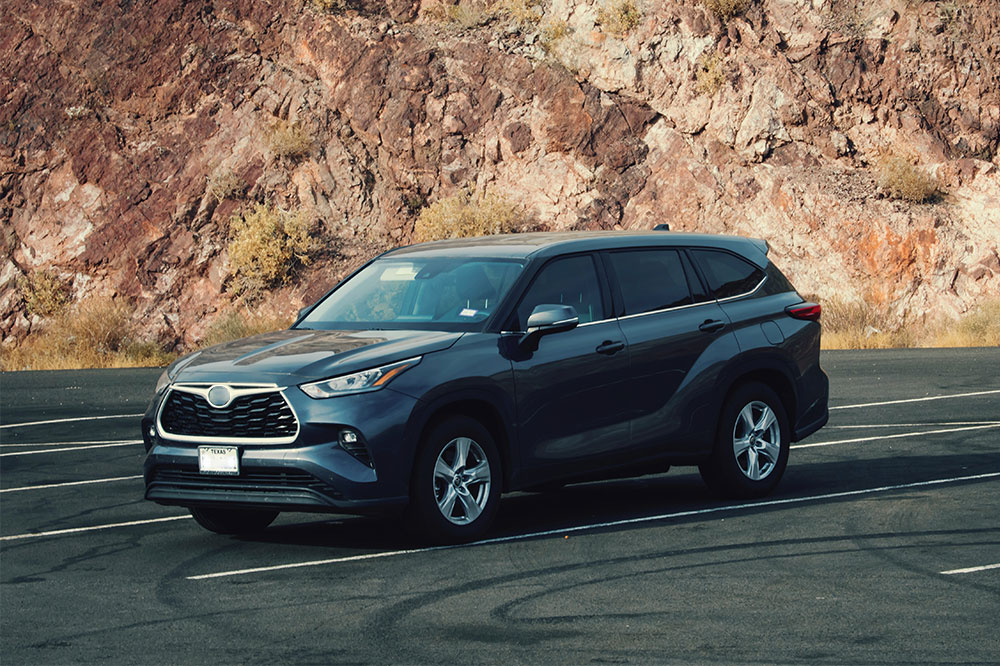A Comprehensive Guide to Four-Wheel, All-Wheel, and Two-Wheel Drive Vehicle Systems
This comprehensive guide explains the key differences between four-wheel drive, all-wheel drive, and two-wheel drive vehicle systems. It covers their specific applications, advantages, and suitable driving conditions, providing vital insights for vehicle buyers, especially those considering options like the Chevrolet Silverado 1500. Understanding these systems helps drivers select the ideal drivetrain based on their terrain, weather, and performance needs, ensuring safer and more efficient driving experiences in various environments.

Distinguishing Between Four-Wheel Drive, All-Wheel Drive, and Two-Wheel Drive Vehicles
Many automotive enthusiasts and everyday drivers alike often confuse four-wheel drive (4WD), all-wheel drive (AWD), and two-wheel drive (2WD) systems, assuming they are interchangeable. However, each drivetrain type has unique characteristics, advantages, and ideal use cases. Understanding these differences is crucial when selecting a vehicle that best matches your driving habits and environmental conditions. For example, the popular Chevrolet Silverado 1500 pickup truck offers multiple drivetrain options, including 2WD and 4WD, allowing drivers to choose the system that best suits their needs and terrain preferences.
To help clarify these drivetrain configurations, here is an in-depth overview. Knowing these options will empower you to select the right vehicle and drivetrain system for your specific requirements, whether you're tackling rugged off-road terrains or simply navigating city streets.
Four-wheel drive (4WD)
Four-wheel drive systems engage all four wheels simultaneously by locking the front and rear axles together, enabling the vehicle to distribute torque evenly across all wheels. This configuration offers substantial traction and stability in challenging driving conditions such as snow, mud, gravel, or uneven terrains. 4WD is especially advantageous for off-road enthusiasts and those who regularly drive on rough trails. Nevertheless, 4WD systems are less efficient on paved roads, particularly when engaged in high-speed driving, because the wheels are locked together, causing them to turn at the same speed. This can lead to increased tire wear, reduced fuel efficiency, and potential handling issues on dry, smooth surfaces.
All-wheel drive (AWD)
All-wheel drive systems automatically distribute power across all four wheels, utilizing sensors and electronic controls to adapt to changing road conditions. Unlike 4WD, AWD systems typically operate full-time or on-demand, providing seamless adjustments that optimize traction and stability without driver intervention. AWD excels in environments with fluctuating weather, such as rain, light snow, or icy roads, offering drivers a safer, more controlled experience. Modern AWD systems are designed to improve handling and stability, making them suitable for everyday driving as well as in situations requiring extra grip, such as driveways with patches of ice or wet pavement.
Two-wheel drive (2WD)
Vehicles with two-wheel drive are generally simpler and more economical, as they engage only one set of wheels—either front or rear—depending on the design. Rear-wheel drive (RWD) tends to provide better performance for acceleration and handling, often favored in sports cars and trucks used for hauling heavy loads. Front-wheel drive (FWD), on the other hand, offers better traction in adverse weather conditions like rain or light snow, and is more common in compact and fuel-efficient vehicles. 2WD is most suitable in dry, stable weather and on well-maintained roads. It also tends to be more lightweight and fuel-efficient compared to all-wheel or four-wheel drive systems.
In summary, understanding the distinctions between 4WD, AWD, and 2WD helps you make informed decisions when purchasing a vehicle like the Chevrolet Silverado 1500. Whether you’re seeking rugged off-road capability, improved on-road handling, or economical daily commuting, choosing the right drivetrain system can significantly enhance your driving experience and safety.





